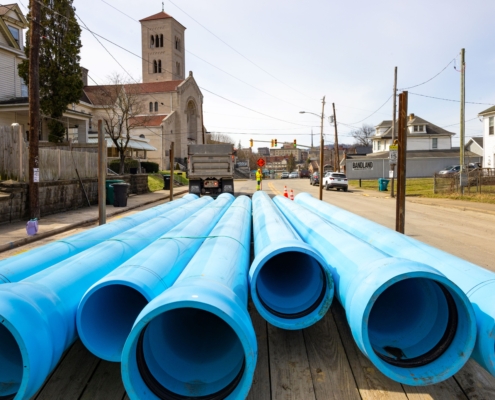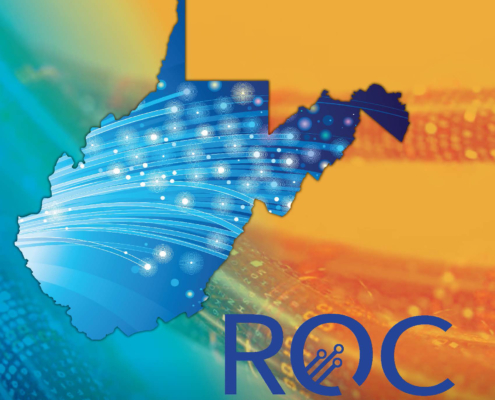Currently ranked as one of the two least connected states in the nation, there is much work to be done in West Virginia to close the digital divide. One of Thrasher’s clients – Regional Optical Communications (ROC) – took a major step towards making that happen through the completion of a statewide broadband study.
Thrasher worked with ROC to examine every broadband serviceable address in the state and determine a route to bring fiber to each one. This was an incredibly extensive effort. It started with data collection, which involved assistance from the West Virginia Office of Broadband, regional planning and development councils, and county commissions. Thrasher compiled all of the collected address and internet service data together to make maps of each of the state’s 55 counties and their current internet landscape.
After a detailed review of each serviceable address on these maps, Thrasher developed preliminary routes to identify how internet service could be extended to the needed locations. Ultimately, more than 14,800 miles of preliminary fiber routes were created, with associated cost estimates developed for each county’s overall proposed infrastructure extensions.
The project did not stop there, though. Thrasher’s team took all of the data for the state and compiled it into a report that includes results on a county-by-county basis, provides an overview on the methodology used to complete the work, and – perhaps most importantly – details how the information can be operationalized to create specific broadband implementation projects.
The impact this will have on West Virginians is truly immeasurable. With this large-scale initial planning process complete, counties, communities, and internet service providers can focus directly on funding and constructing broadband projects that bring reliable, high-speed internet to every corner of the state.
More than $1.2 billion of federal Broadband Equity Access and Deployment (BEAD) funding will soon to be released to West Virginia, and several other federal funding options are already available. Having the data to determine exactly what projects can be built will move the construction process along much quicker and allow for better use of these once-in-a-generation resources.
Now is the time to truly close the digital divide in West Virginia – this study will have a hand in making it happen.
UPDATE – Since the original report was published, a change in previously funded routes occurred in the counties that make up the Region 1 Planning and Development Council’s (RPDC) territory, with funding no longer available for several of the routes originally marked as funded.
A supplemental report is available, which provides updated routing and cost estimates for those areas impacted by this funding change.
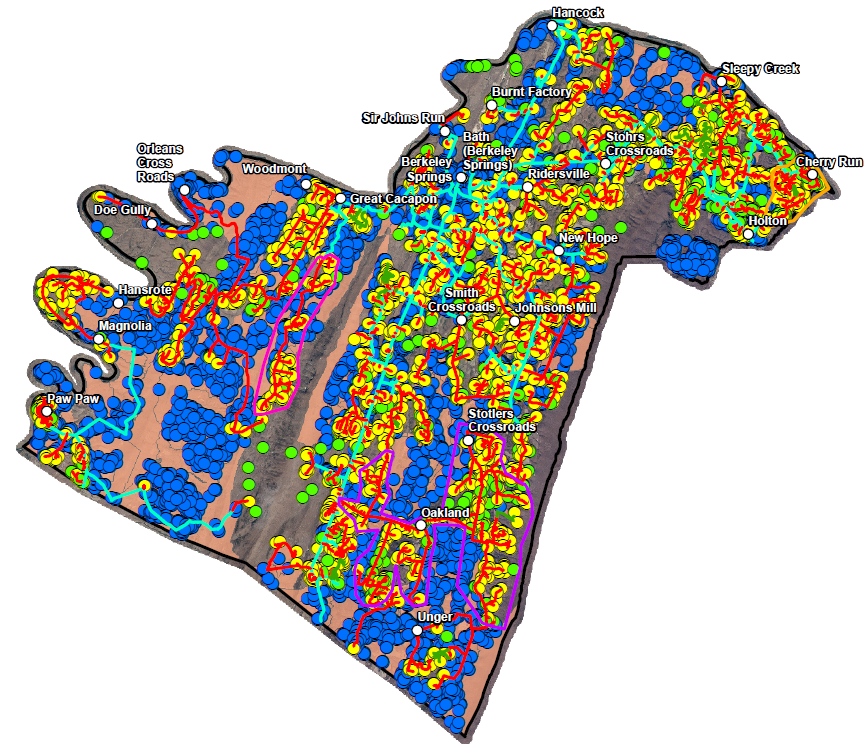

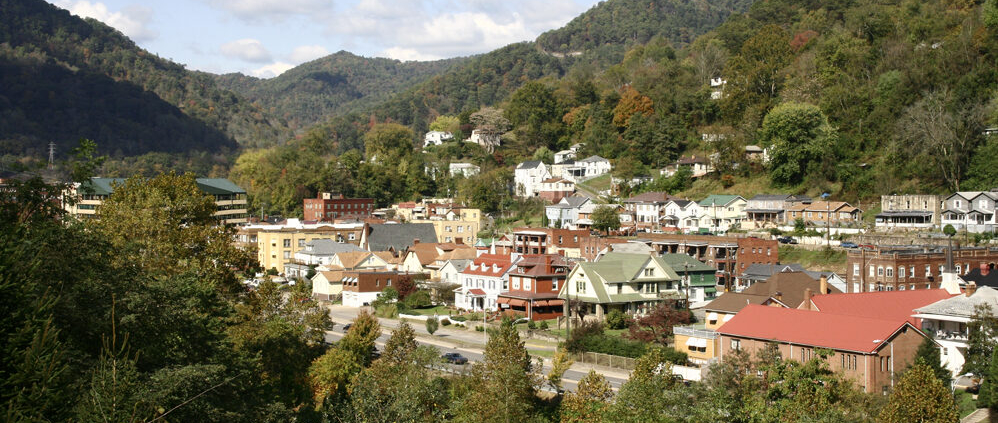
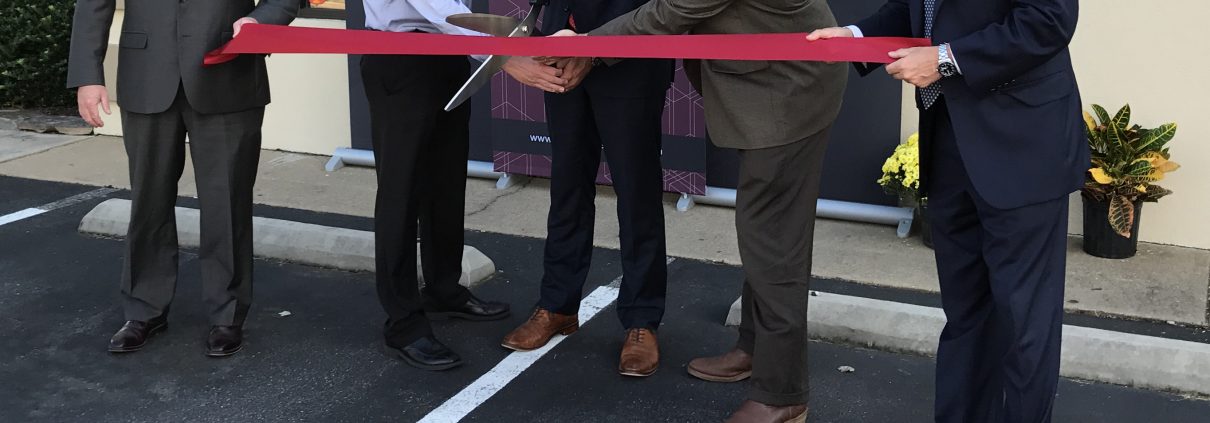
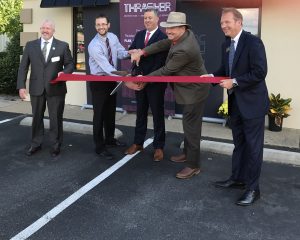 Fredericksburg, VA – The Thrasher Group, a leading full-service firm in the Mid-Atlantic, marked the opening of their new office in Fredericksburg, VA at a ribbon cutting event on Thursday, September 7, 2017. The new location, 100 Industrial Drive, Fredericksburg, VA, replaces a previous, nearby location.
Fredericksburg, VA – The Thrasher Group, a leading full-service firm in the Mid-Atlantic, marked the opening of their new office in Fredericksburg, VA at a ribbon cutting event on Thursday, September 7, 2017. The new location, 100 Industrial Drive, Fredericksburg, VA, replaces a previous, nearby location.